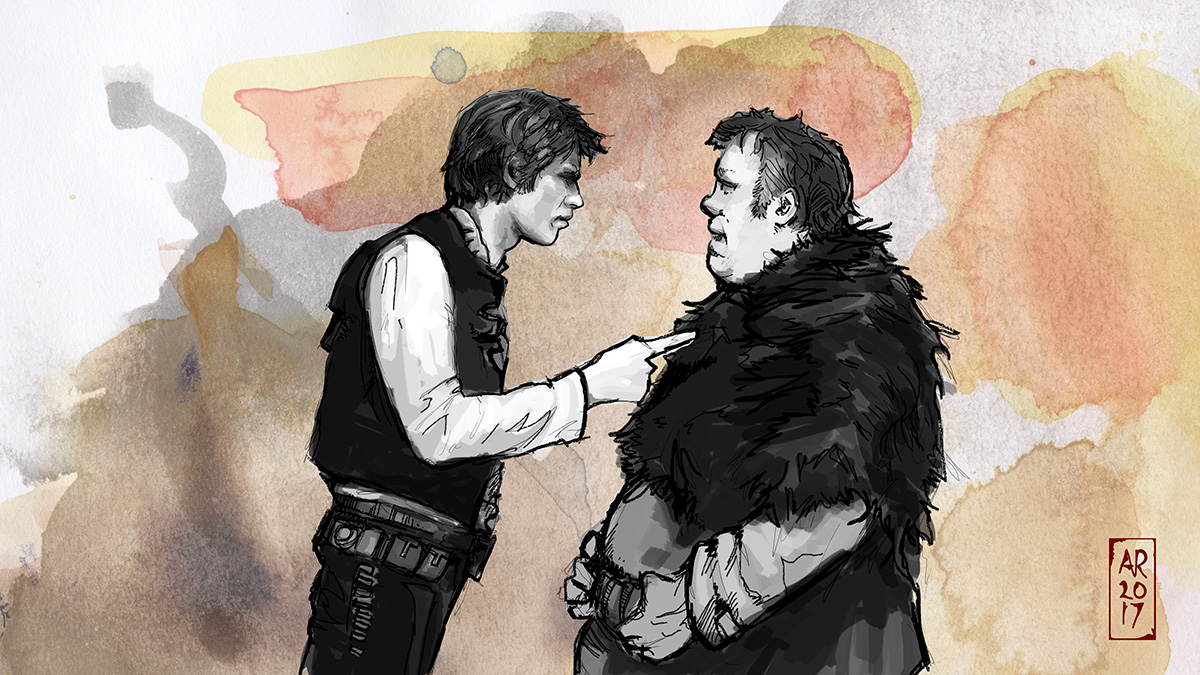
You might have seen former ILM visual effects and animation supervisor Steve ‘Spaz’ Williams pop up on vfxblog quite a lot recently. That’s because he was involved in a number of seminal VFX films celebrating their various anniversaries of late, including Terminator 2: Judgment Day and Jurassic Park.
Williams was also involved in another landmark – and somewhat notorious – moment in visual effects, when George Lucas revisited his original Star Wars trilogy for the ‘Special Edition’ releases. In particular, Williams was asked to animate a digital Jabba the Hutt for a deleted scene from A New Hope when the gangster confronts Han Solo on Mos Eisley.
The scene had been shot for the 1977 release using a stand-in actor (Declan Mulholland) for Jabba, with plans to realise the sequence with a puppet or stop-motion character. But, as Williams recounts in this chat with vfxblog, it wasn’t until the ‘Special Editions’ – released 20 years ago this week – that Lucas felt he could take advantage of advancements ILM was making in CGI to complete the scene and have Jabba moving along the ground, unlike how audiences had previously witnessed the creature in Return of the Jedi.
vfxblog: Let’s set the scene a little bit – you’d worked on Terminator 2 and Jurassic Park, and also The Mask, by the time you started working on the Jabba scene, right?
Steve Williams: Yes, George specifically asked me to do the Jabba sequence. It was me doing the animation and Joe Letteri CG supervising it. George said that he’d shot this sequence with an Irish actor [Mulholland] playing Jabba. He never liked the sequence. He personally did not shoot it, it was shot second unit at Shepperton.
And he also said they had lost the original negative to the sequence. Disappeared. So, we had no script notes, we had no camera notes. I said to George, ‘Listen, there’s no set information or camera information for it.’ And he goes, ‘Well I shot the whole movie with a 35mm and a 50mm, that’s it.’ I looked at the scene and went, well, it’s a 35 and a 50, that’s all it is. So what we had to actually process was the IP, which was the inter-positive, which is a first strike off the neg.
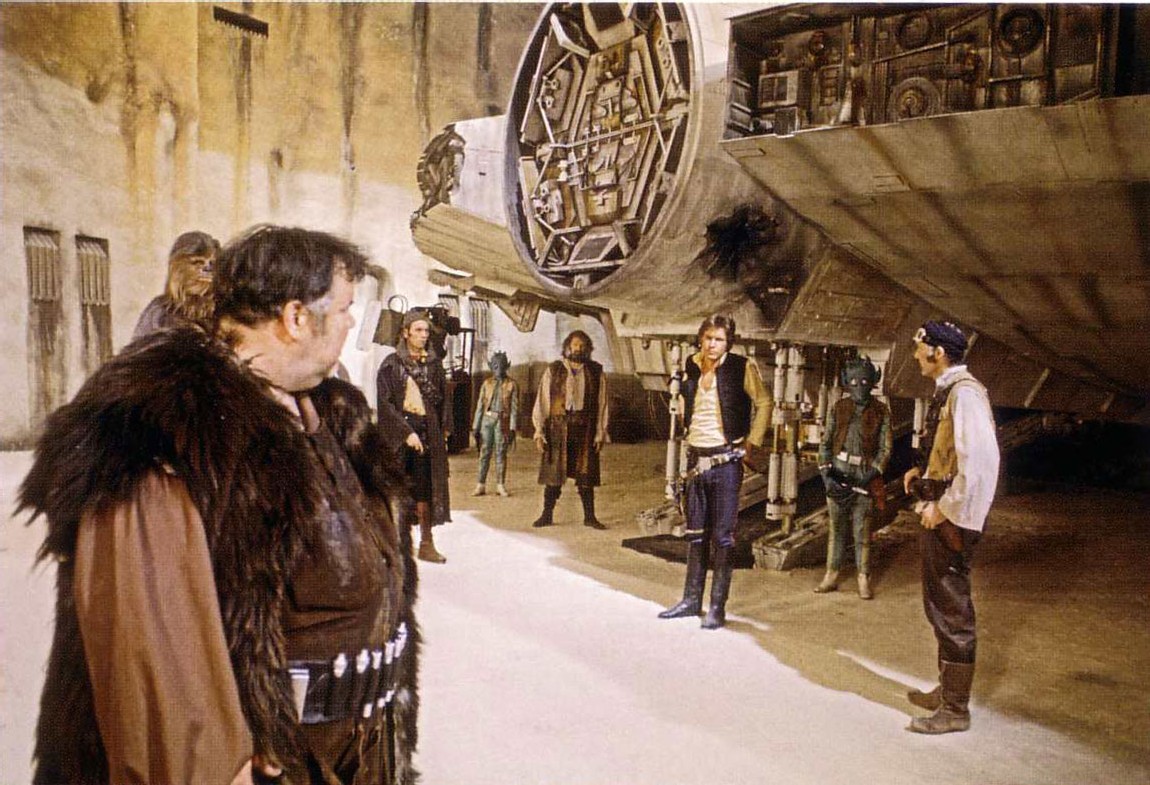
vfxblog: What do you think it was that made Lucas confident enough to go with CG?
Steve Williams: Well, it was the previous work we’d been producing but it was kind of a big deal because it was almost some of the first lip sync that we were actually doing in computer graphics. They were concurrently working on Dragonheart at the same time.
vfxblog: So were you taking advantage of the CARI system that had been developed by Cary Phillips for Dragonheart at ILM?
Steve Williams: CARI didn’t exist then when I animated Jabba. What we did was just have phonemes that were formed in Softimage version 2.6.1 using a scratch tracker or synchronizer, and scraping over the track. It was literally about breaking down ever phoneme to every frame, and that’s how you break down sound based on a dope sheet. I used a horizontal dope sheet, literally handwritten with cartoons everywhere!
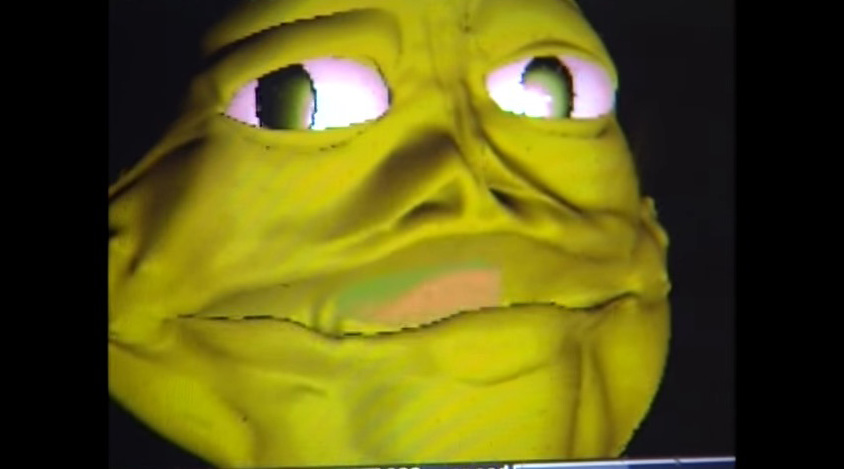
vfxblog: So you were responsible for animating Jabba, but can you talk about the other things that helped bring him to life?
Steve Williams: Joe Letteri was [the CG supervisor]. And Joe’s a master. He’s still the best in the world in my view. I mean, look what he did with Peter Jackson’s King Kong, which to this day in my view is the best, one of the best computer animated characters I’ve ever seen. The emotion, the face, of that creature is unbelievable. [Bijan Forutanpour was the TD].
vfxblog: Now, you had the plates from 1997 but Boba Fett was also comp’d into the scenes, wasn’t he?
Steve Williams: Yes, that was actually an animator at ILM, Mark Austin. And Mark was a huge Boba Fett fan. Lucas had me shoot the insert shots of Boba Fett, which is in fact Mark Austin. So Joe and I just matched up the lens, and I just shot Mark bluescreen and he was comp’d in.
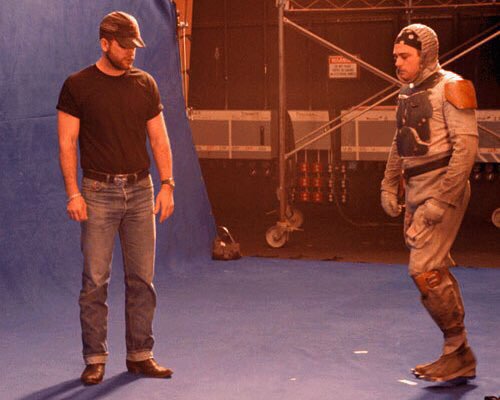
vfxblog: A lot of things George changed for the Special Editions were controversial but what do you remember was some of the reaction to CG Jabba at the time?
Steve Williams: You know, a lot of people pissed on it because Lucas had insisted having the Harrison Ford character walk behind Jabba and step on his tail and go down, and it just – it never ever looked right. It never looked right in my view.
vfxblog: There was also the challenge, wasn’t there, of matching Jabba to what he looked like in Return of the Jedi?
Steve Williams: You’re exactly right about that. So what George said specifically to me was, ‘Imagine Jabba under a Jenny Craig program.’ He goes, ‘I want a slimmed-down version of Jabba.’ And, I mean, the thing that was kind of most captivating about the practical Jabba was the amount of slime coming out of his mouth. George didn’t want any of that stuff. We actually were doing ‘blobby’ technology at that time and we could have adequately done that.
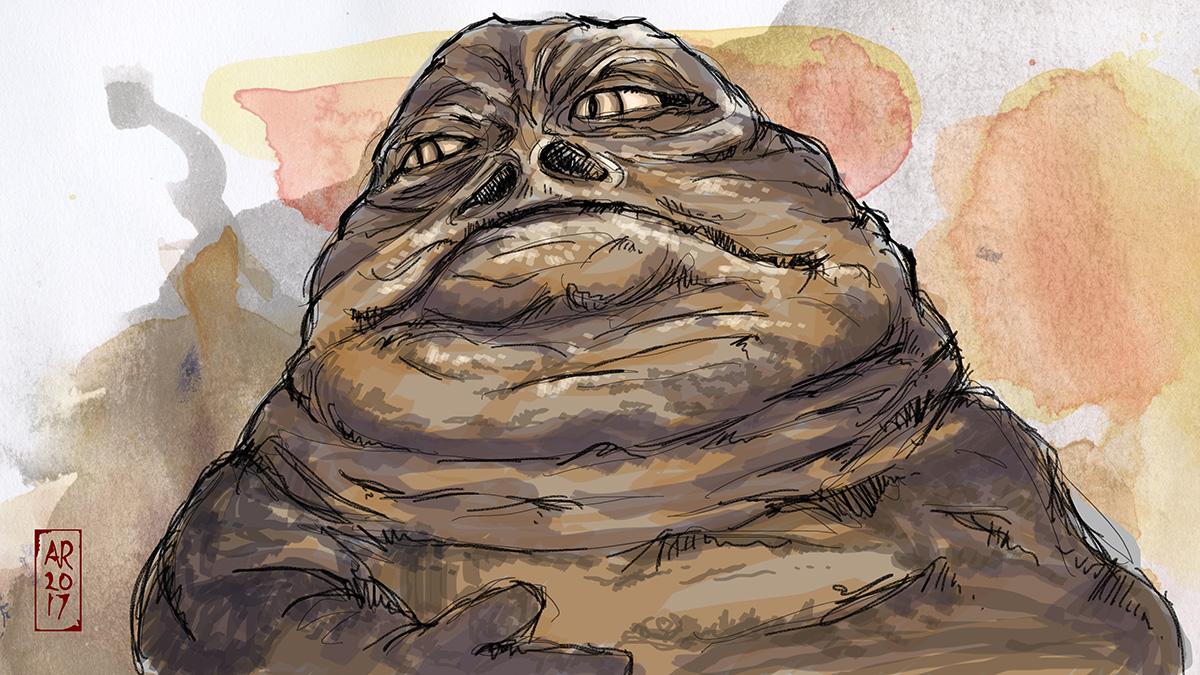
vfxblog: The other thing was, the Jabba we’d always seen was just lying down, but here he was moving. What did you do to try and work out a way for him to move properly?
Steve Williams: That’s a really good question because that was a question that I had for Lucas. And Lucas had to say one word and I got it, he said, ‘It reminds me of a slug,’ and I went, ‘Bingo!’ You know, I used to draw slugs. In animation school you draw a lot of things. And so we had to work out, how does a one thousand pound slug move? Does he have a spine? Is he just a gelatinous cacophony of hardened elephant skin with no spine, or does he have a spine?
And so if you could figure out if he had a spine – which I did, I built one for him because he had arms and shoulders and stuff like that. And that’s the whole thing with animation. In other words, if you can understand what the internal composition of the creature is you can understand how to animate it.
Following the 1997 Special Edition theatrical releases, the Jabba/Han Solo sequence was revisited again by ILM (which Williams had left by that time) for the 2004 DVD release, and the CG creature was replaced with one that looked closer to how he had appeared in The Phantom Menace.